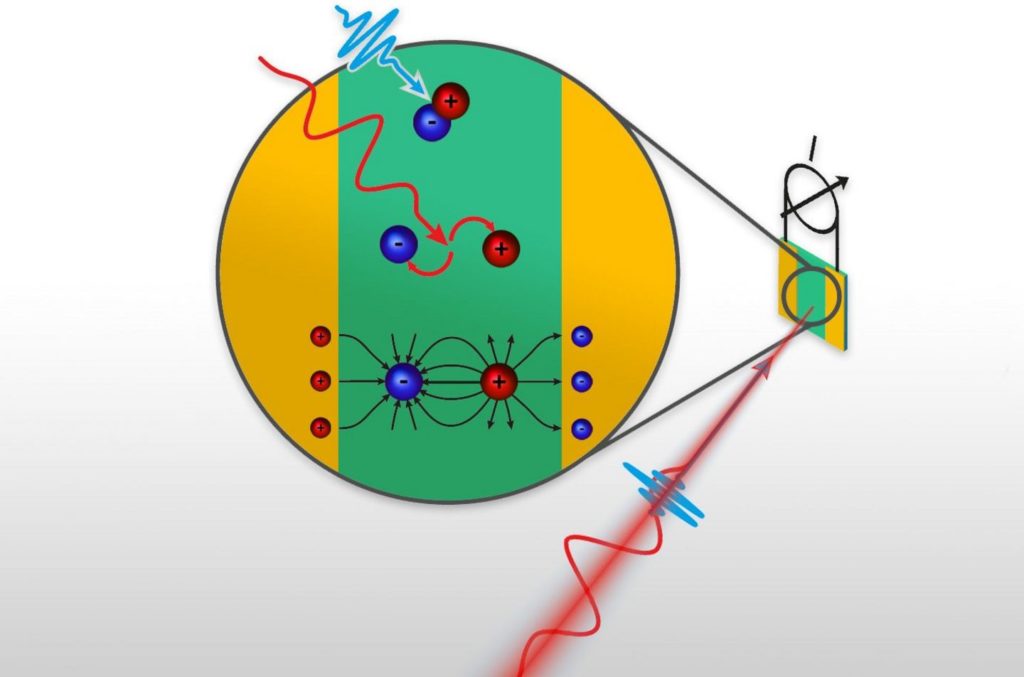
Researchers developed a new graphene-based nanoelectronics platform compatible with conventional microelectronics manufacturing, paving the way for a successor to silicon.Claire Berger, physics professor at Georgia Tech, holds the team’s graphene device grown on a silicon carbide substrate chip. Credit: Jess Hunt-Ralston, Georgia Tech
A pressing quest in the field of nanoelectronics is the search for a material that could replace silicon. Graphene has seemed promising for decades. But its potential faltered along the way, due to damaging processing methods and the lack of a new electronics paradigm to embrace it. With silicon nearly maxed out in its ability to accommodate faster computing, the next big nanoelectronics platform is needed now more than ever.
Walter de Heer, Regen...
Read More








Recent Comments